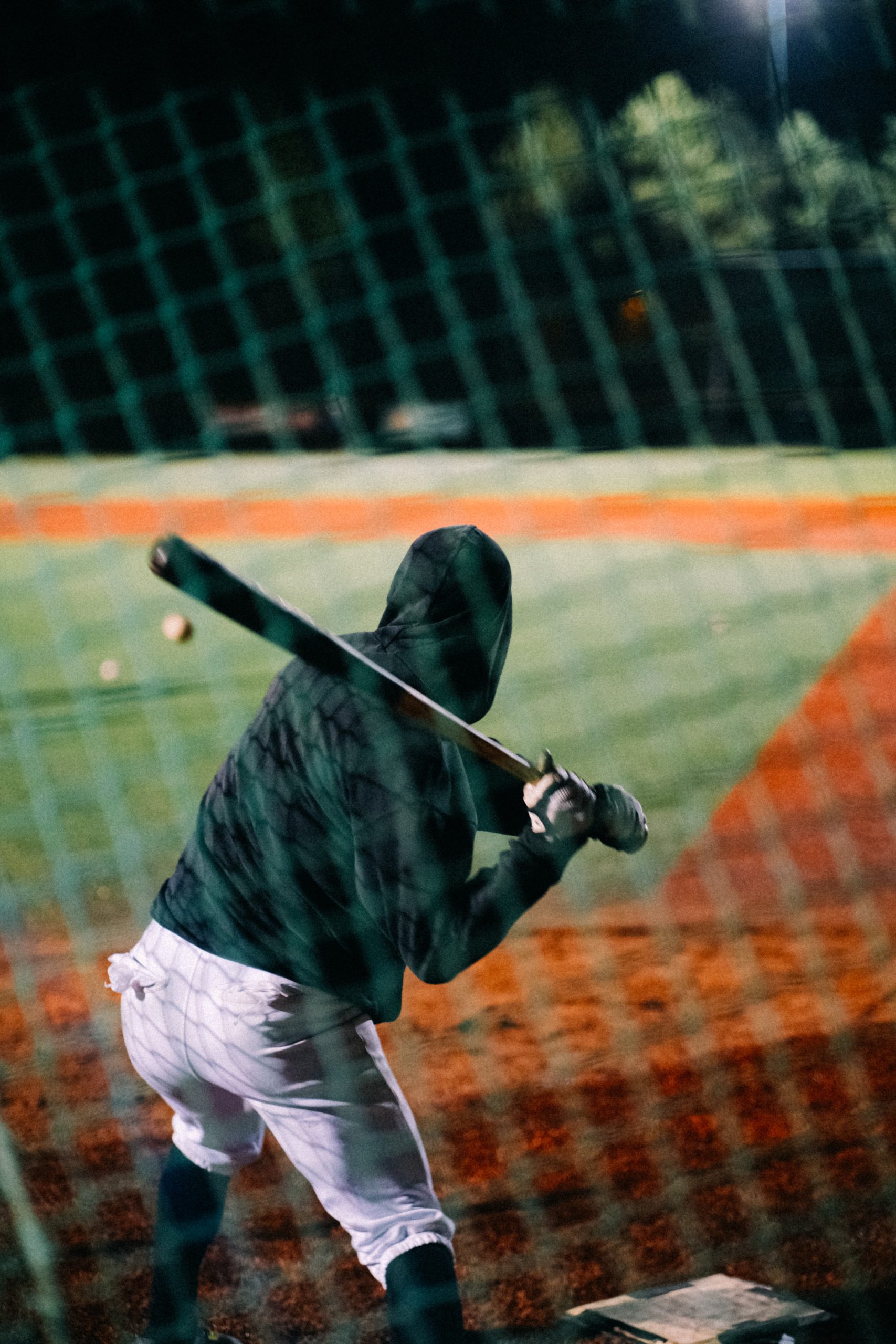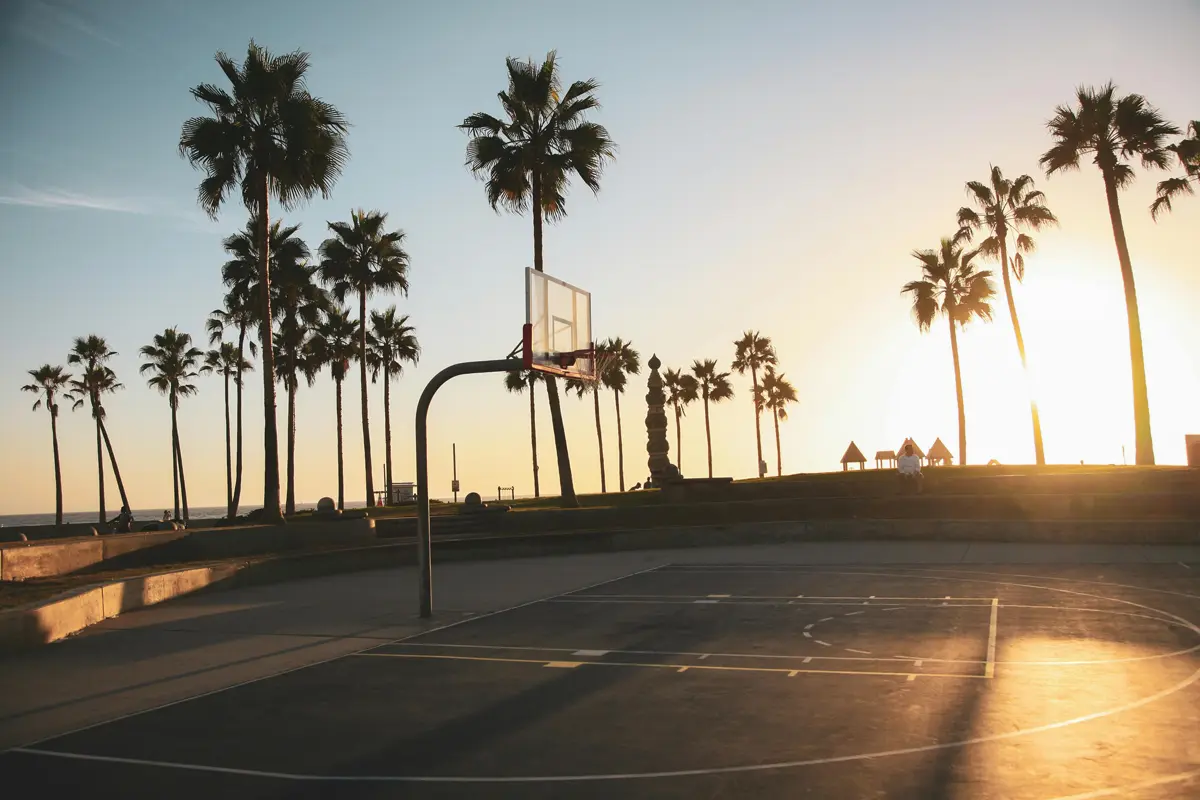Are you ready to step onto the baseball field and play ball? Even as an adult, there are plenty of options to experience the joy of playing America’s favorite pastime and create your own field of dreams.
Whether you’re a complete beginner or someone who played in their youth, it’s never too late to start playing or to get back into the game of baseball.
In this post, we’ll cover all the basics of baseball, from understanding the rules to developing your skills and technique. We’ll fill you in on the necessary equipment and even help you find a local baseball league or team (hint: we have an adult sports directory right on our site!). With our expert tips, you’ll learn how to practice effectively and improve your game.
But it doesn’t stop there – connecting with other baseball enthusiasts is also important for your growth as a player. We’ll show you how to network with like-minded individuals who share your passion for freedom on the diamond.
So get ready to swing it out of the park! It’s time to embrace your inner athlete and embark on an exciting new chapter in your life – one filled with camaraderie, competition, and endless possibilities.
Let’s play ball!
Understand the Basics of Baseball
Let’s start with baseball basics so you can start playing with confidence. Baseball is a sport filled with its own unique terminology, rules, and regulations. Understanding these fundamentals will help you navigate the game more effectively. But if you want to get really technical with your knowledge, check out the official Major League Baseball rules here.
One important aspect of baseball is to get familiar with the various positions and their roles. The most well-known positions are the pitcher and catcher, the infielders–first base, second base, shortstop, third base, and outfielders. The nine players in these positions on the field contribute to the overall strategy of the game.

- The pitcher is arguably the most crucial position in baseball. Their primary role is to throw the ball in the strike zone to strike out batters and prevent them from hitting the ball into play.
- The catcher works closely with the pitcher and catches a batter’s swings and misses or balls. Catchers may also block any bad pitches, catch errant balls in foul territory, and prevent opponents from stealing bases.
- First base primarily defends the area around their base. They are responsible for catching throws from other infielders and tagging the base to eliminate runners. First basemen also need to be skilled in catching and fielding ground balls hit their way, as well as stretching to catch wide throws.
- Second base defends the area around their base, including covering second base during double plays, fielding ground balls hit their way, and making accurate throws to other bases.
- Shortstops defend the area between second and third base. They are known for their quickness and athleticism, as they often have to make difficult plays on ground balls hit deep in the hole or up the middle.
- Third base defends third base and fields ground balls hit in their direction, as well as makes accurate throws to other bases. They often need to have strong arms since throws from third base tend to be longer and play a key role in stopping runs to home plate.
- Outfielders patrol the outfield, which is divided into three positions: left field, center field, and right field. The outfielder catches fly balls hit into the outfield to prevent them (hopefully) from becoming base hits.
Understanding the roles and responsibilities of each position in baseball is essential for players to contribute effectively to their team’s success. By performing their specific duties and working together, players can form a solid defensive unit capable of shutting down opposing offenses.
In addition to learning positions, it’s crucial to grasp some key baseball terms. For example, an inning refers to each team having a turn at both batting and fielding. A strikeout is either when a batter swings and misses at three pitches or if the umpire determines the pitch landed in the strike zone. And an outfield fly rule comes into play when there’s a pop-up hit in fair territory with runners on base.
Lastly, knowing the rules and regulations of baseball will ensure fair play during games. Familiarize yourself with concepts like foul balls, base stealing rules, balks (illegal pitches), and how runs are scored.
By gaining knowledge in these areas – terminology, rules, and regulations, as well as positions – you’ll be well-equipped to play your first baseball game with more confidence.
The Essential Gear to Start Playing Baseball
As you prepare to step onto the diamond, you’ll need some essential gear, whether you’re interested in baseball training or playing an actual baseball game.
1. Glove: A well-fitted baseball glove is your key to success on the field. Look for trusted brands like Rawlings, Wilson, or Mizuno. Consider your position and select a glove that suits your needs. Infielders may prefer smaller gloves for quick transfers, while outfielders might opt for larger gloves to extend their reach. Catchers, of course, need specialized catcher’s mitts to handle those fastballs.
2. Bat: The right baseball bat can make a significant difference in your hitting performance. Popular brands like Easton, Louisville Slugger, and DeMarini offer a wide range of options. Beginners often find aluminum or composite bats more forgiving, thanks to their more prominent sweet spots and reduced vibrations on contact. As you gain experience, challenge yourself with a wood bat to refine your swing mechanics and increase power.
3. Baseball: This is the heart of the game and a must for practice and games. Leather baseballs from brands like Rawlings or Diamond provide durability to help you get the most out of your game.
4. Cleats: Enhance your performance and prevent slips with baseball-specific cleats. Brands like Nike, New Balance, and Under Armour offer high-quality options. These shoes provide superior traction on the field to help you sprint faster, pivot easier, and maintain stability (not land on your butt!) during quick movements.
5. Batting Glove: Protect your hands and improve your grip on the bat with a quality batting glove. Brands like Franklin, Nike, and Under Armour offer excellent options. You’ll greatly reduce the risk of blisters during extended hitting sessions.
You can opt for new gear or check out second-hand sports gear stores as a more affordable option if you’re not ready to make a bigger investment.
Learn and Practice the Fundamentals

To really excel in the game, you need to hone your skills and master the fundamentals of baseball.
Start by watching professional games, and read books or articles about playing baseball (you’re one step in the right direction already!). YouTube is an excellent resource for videos to learn to play ball.
You’ll need to practice to become a better player, so dedicate regular time to practice on your own. Set up a batting tee in your backyard, or hit your local batting cages. Focus on refining your stance, grip, and swing mechanics.
Grab a friend and find a park where you can work on your throws and catches. Practice different scenarios, like fielding ground balls or making accurate throws from various positions on the field. Incorporate drills that simulate game situations, such as turning double plays or making difficult throws across the diamond.
Take advantage of every opportunity to learn, practice, and refine your skills to get yourself from the dugout to the diamond.
Find a Local Adult Baseball League or Team
Now that you’ve got the rules under your belt AND the proper gear, it’s time to find yourself a little league baseball team. Just kidding–we know where the grownups play.
The National Adult Baseball Association (NABA) is arguably the largest organization for those of us not looking to become professional baseball players but who want to play recreationally. Check our directory for adult baseball leagues near you. We’ve got NABA teams and other options for the beginner and advanced player.
Once you find a few potential options, reach out to learn more about their requirements and how to join. Most leagues will have registration fees, and some may require you to attend tryouts or practices before you join a team.
Besides getting to play the game you love, there’s also an opportunity to meet new people and become part of a supportive sports community.
Get Fit For Baseball
As an older player who isn’t a kid anymore, incorporating the right workouts and exercises will keep you fit and injury-free on the field. Here are a few recommendations for every baseball player–whether this is your first start at the game or if you’re getting back into it after a long break.
1. Cardiovascular Training: Baseball demands bursts of speed and agility. Cardio exercises like sprinting, cycling, or jumping rope can increase your endurance to maintain a quick pace as you run to bases.
2. Strength Training: Develop overall body strength to enhance hitting power and throwing accuracy. Focus on compound exercises like squats, deadlifts, bench presses, and overhead presses to build up upper and lower body strength. Don’t forget isolation exercises, like bicep curls to help build additional arm strength.
3. Core Exercises: A strong core is essential for stability and power in baseball movements. Include exercises like planks, Russian twists, and medicine ball twists to strengthen your core muscles.
4. Agility Drills: Set up cones and perform side shuffles, ladder drills, and box jumps to mimic baseball movements. You’ll notice lateral movements become easier with these types of drills.
5. Plyometrics: Enhance your explosive power with plyometric exercises. Box jumps, medicine ball slams, and lateral hops will boost your ability to generate force in your swings and throws.
6. Rotator Cuff Exercises: To prevent shoulder injuries and improve throwing strength and range of motion, focus on rotator cuff exercises. Use resistance bands for internal and external rotation exercises.
7. Bat Speed Training: Work on your bat speed with specific drills like swinging with a heavy bat and then a lighter one. This helps build strength, creates muscle memory, and increases your swing speed.
8. Dynamic Stretching: Prioritize dynamic stretching to warm up before practice or games to prepare your body for the explosive movements required in baseball.
Tailor the aforementioned exercises to suit your specific needs and fitness level. Consult with a fitness professional or baseball coach to ensure you’re using the proper form and technique. A well-rounded training routine will not only improve your baseball performance but also enhance your overall fitness as an adult athlete.
Conclusion
Now that you have all this info, hopefully, it will help give you the inspiration you need to play ball in adulthood! Baseball is a great way to get exercise, enjoy some competition, and also create friendships off the field. Now get out there an play!
Frequently Asked Questions
How do I choose the right baseball glove for my hand size?
To choose the right baseball glove for your hand size, consider factors like the position you’ll be playing and the type of webbing. Some popular glove brands for adult players include Rawlings, Wilson, and Mizuno.
Are there any specific rules or regulations for adult baseball leagues?
Adult baseball leagues have specific rules and regulations that vary by organization. Age restrictions in adult baseball leagues typically require players to be at least 18 years old, but some leagues may have higher age requirements. There are also many adult baseball leagues specifically for senior players in their forties, fifties, sixties, and older.
How can I improve my baseball throwing accuracy and strength?
To improve your throwing accuracy and strength, focus on proper throwing mechanics and arm conditioning exercises. Practice good form, use your whole body to generate power, and gradually increase the intensity of your workouts.
What are some common baseball injuries, and how can I prevent them?
Some of the more common baseball injuries among adult players are ankle sprains, hamstring strains, groin strains, and Achilles’ tendon tears, to name a few. To prevent these injuries, warm up properly before playing, stretch regularly, and use proper technique when throwing, hitting, and running. Additionally, wearing protective gear like helmets and knee pads can help reduce the risk of injury.
Are there any recommended training exercises to improve my speed and agility for baseball?
To improve your speed and agility for baseball, incorporate training drills such as ladder drills, cone drills, and plyometric exercises like box jumps. These recommended exercises will help you develop the necessary skills for the game.




